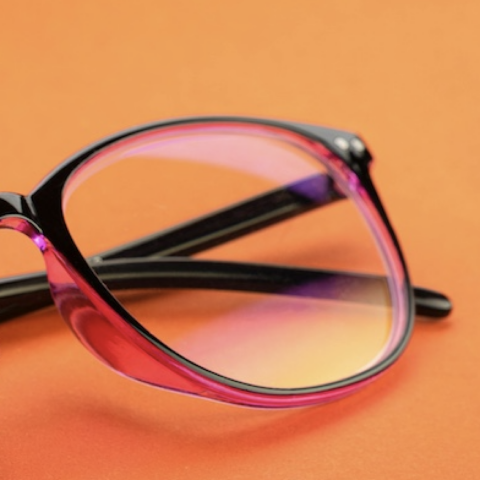Using Different Art Styles in Your Design Project.
By Jo Phillips
Using Different Art Styles in Your Design Project: 9 Insightful Tips. Art and design go hand in hand. Whether you’re working on a website, poster, brochure or any other project, incorporating visual art can take it to the next level. But with so many art styles and movements to choose from, how do you decide what will work best? Consider these tips when using different art genres and techniques in your upcoming design work.
Define Your Project Goals First
Before picking a specific art style, consider what you want to accomplish with your design project. Are you looking to evoke certain emotions in viewers? Do you need something bold that grabs attention? Or are you seeking a more subtle, refined aesthetic? Defining your objectives will help narrow down what art genres could be most effective. If you’re designing a kids’ book, for example, a pop art style with bright colours and whimsical shapes might match your playful tone. Or if your project calls for elegance, art nouveau motifs could reinforce that.
Choose an Art Style That Aligns with Your Brand
Your selected art techniques must also align with your overall brand identity and message. If you have an earthy, bohemian brand, filtered nature photography or abstract organic shapes might suit your vibe. Or, if you have a startup tech company, minimalist digital illustrations could better fit your modern sensibilities. Don’t just think about visual appeal – ensure the art style has the right connotations for your brand values and persona.
Use Art to Direct the Viewer’s Eye
Strategically placing art elements in your design can help direct viewers to key areas and guide them through the content. For example, a large graphic at the top of a webpage immediately draws the eye there first. Adding illustrations alongside text can break up long blocks of copy while still keeping people engaged. You can also use art techniques like lines, shapes, and negative space to intentionally steer the viewer’s gaze in a specific direction.
Go Bold with Typography
Typography is an art form in itself that you can use creatively. Explore different fonts, sizes, letter spacing, weights and alignments. Overlap text and images. Try shadow, outline or gradient effects. Use whimsical hand-drawn scripts for a playful vibe. Using bold and artistic typography adds visual flair and makes the words feel like art.
Abstract Art Adds Mystery
What is abstract art? There are many different types of abstract art, but at its core, abstract visuals allow viewers to interpret meaning themselves, adding an intriguing element to your design. Abstract art comes in many forms, from geometric shapes and distorted figures to textures, colours and patterns. To add a touch of abstract, start with a familiar object but depict it in an imaginative, non-literal way. Or create compositions using random shapes, marks and forms. The lack of concrete definition invites curiosity and engagement.
Mix Different Art Mediums
Don’t limit yourself to just one art style or technique. Combining various media and visuals creates diversity and depth. For example, start with a digitally produced graphic as the foundation, then layer on hand-painted or photographed elements. Or blend flat vector icons with three-dimensional clay sculptures. Mixing unexpected mediums gives each piece more richness and complexity.
Use Limited Colour Palettes
While variety is good, too many colours can feel chaotic. Try selecting two or three complementary hues and use those consistently throughout a project. You might pick muted earth tones for a soothing ambience or vibrant primary shades for energy. Limiting the colour palette creates unity while still allowing the art to stand out. Varying tints and shades of your chosen colours also add visual interest.
Hand Drawn for a Personal Touch
Incorporate hand-drawn art to add warmth and human connection to your design work. Even simple casual doodles and sketches bring an approachable, DIY sensibility. When digitising hand drawings, keep a little roughness and imperfection for character. Or make the process part of the design by showing pencil smudges, ink blots, eraser marks and overlapping sketches. The human touch makes computer-generated graphics feel more welcoming.
Research Art Movements for Inspiration
Looking at established art genres, periods, and movements is a great way to get inspired. Study the motifs and philosophies behind impressionism, Art Nouveau, Bauhaus and others. What did they represent visually and symbolically? See how those seminal styles resonated historically before reinterpreting them for a modern context. Add your own twist while paying homage to masters, and art history buffs will appreciate the references.
The world of art and design is vast, but thoughtfully choosing styles aligned to your project’s purpose, brand, and audience makes the options less daunting. With so many directions for infusing art into your work, feel empowered to experiment and explore new creative territory. Trust your instincts, take some risks and most importantly, have fun putting an artistic stamp on your designs.


